What Camera To Bring For Backpacking?
When it comes to backpacking, choosing the right camera can be a daunting task. With the myriad of options available, each with its own set of features, specifications, and price points, it’s easy to feel overwhelmed. However, understanding your specific needs and the various types of cameras available can help you make an informed decision. In this article, we will explore the key factors to consider when selecting a camera for backpacking, the different types of cameras available, and some top recommendations to suit various needs and budgets.
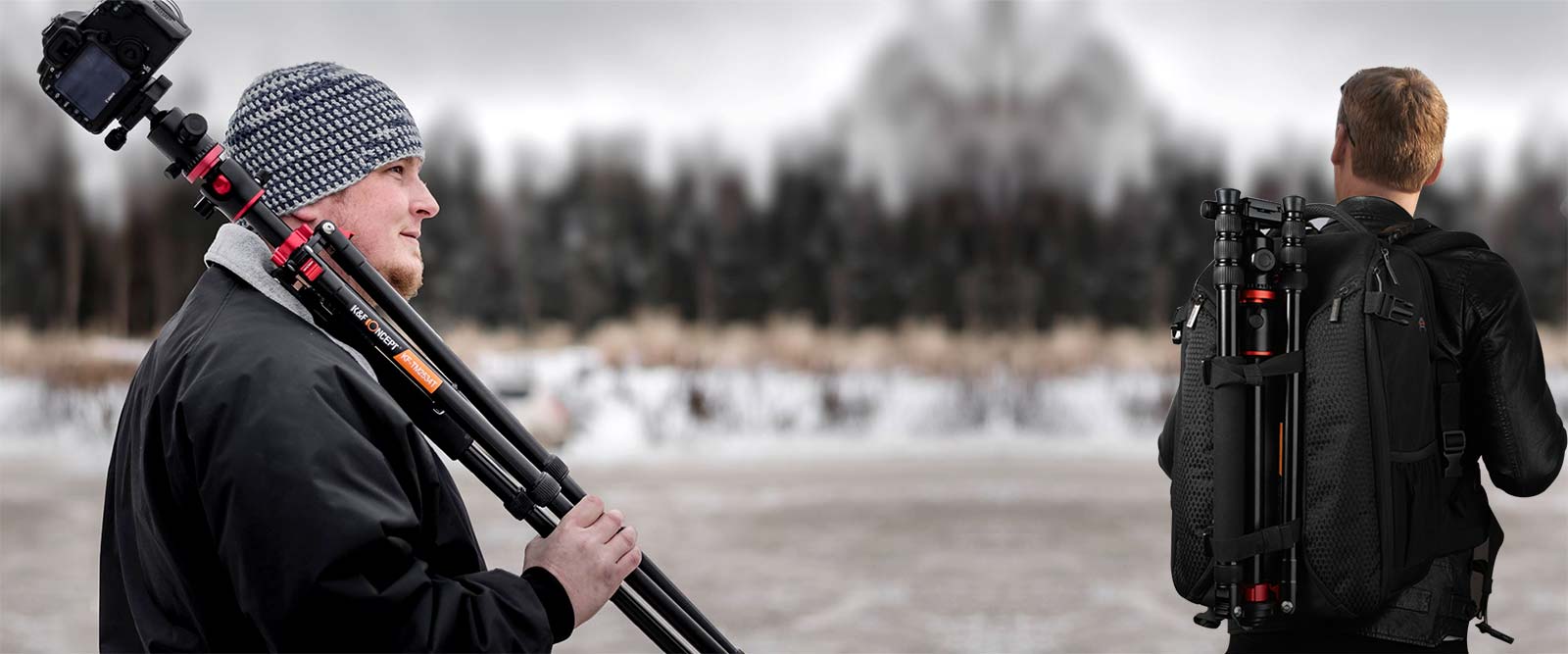
Key Factors to Consider
1. Weight and Portability
Backpacking often involves long hikes and carrying all your gear on your back. Therefore, the weight and size of your camera are crucial factors. A bulky and heavy camera can become a burden, whereas a compact and lightweight camera can be easily stowed in your backpack or even carried in a pocket.
2. Durability and Weather Resistance
Backpacking can expose your camera to various environmental conditions, including rain, dust, and extreme temperatures. A durable camera with weather-sealing can withstand these elements and continue to function properly, ensuring you don’t miss any important shots.
3. Battery Life
When you’re out in the wilderness, access to power sources can be limited. A camera with a long battery life or the ability to easily swap out batteries is essential. Some cameras also offer USB charging, which can be convenient if you carry a portable power bank.
4. Image Quality
While weight and durability are important, you don’t want to compromise on image quality. Look for a camera that offers a good balance between portability and high-quality images. Factors such as sensor size, resolution, and lens quality play a significant role in determining image quality.
5. Ease of Use
Backpacking often involves quick, spontaneous photo opportunities. A camera that is easy to use, with intuitive controls and quick access to important settings, can help you capture those fleeting moments without fumbling with complicated menus.
Types of Cameras
1. Smartphones
Modern smartphones come equipped with advanced camera systems that can rival some dedicated cameras. They are incredibly portable, always with you, and easy to use. However, they may lack the versatility and image quality of dedicated cameras, especially in low-light conditions.
2. Compact Cameras
Compact cameras, also known as point-and-shoot cameras, are small and lightweight, making them ideal for backpacking. They offer better image quality than smartphones and often come with features like optical zoom and manual controls. However, they may not offer the same level of image quality and versatility as larger cameras.
3. Mirrorless Cameras
Mirrorless cameras offer a great balance between image quality and portability. They have interchangeable lenses, allowing you to adapt to different shooting conditions. They are generally lighter and more compact than DSLRs, making them a popular choice for backpackers.
4. DSLR Cameras
DSLR cameras offer excellent image quality and a wide range of lenses and accessories. However, they are typically larger and heavier than mirrorless and compact cameras. If image quality is your top priority and you don’t mind the extra weight, a DSLR can be a good choice.
5. Action Cameras
Action cameras, like the GoPro, are designed for rugged use and can withstand harsh conditions. They are small, lightweight, and often waterproof. While they may not offer the same image quality as larger cameras, they are perfect for capturing action shots and videos during your backpacking adventures.
Top Recommendations
1. Smartphone: iPhone 13 Pro / Samsung Galaxy S21 Ultra
Both the iPhone 13 Pro and Samsung Galaxy S21 Ultra offer excellent camera systems with multiple lenses, including wide, ultra-wide, and telephoto options. They provide great image quality, especially in good lighting conditions, and are incredibly portable.
2. Compact Camera: Sony RX100 VII
The Sony RX100 VII is a high-end compact camera that offers excellent image quality and a versatile zoom lens. It features a 1-inch sensor, fast autofocus, and 4K video recording. Its compact size makes it easy to carry, and it’s packed with features that make it a great choice for backpacking.
3. Mirrorless Camera: Fujifilm X-T30
The Fujifilm X-T30 is a lightweight and compact mirrorless camera that offers excellent image quality and a wide range of lenses. It features a 26.1MP APS-C sensor, fast autofocus, and 4K video recording. Its retro design and intuitive controls make it a joy to use.
4. DSLR Camera: Nikon D5600
The Nikon D5600 is a mid-range DSLR that offers great image quality and a wide range of features. It has a 24.2MP APS-C sensor, excellent battery life, and a vari-angle touchscreen. While it’s larger and heavier than mirrorless options, it’s still relatively lightweight for a DSLR.
5. Action Camera: GoPro HERO10 Black
The GoPro HERO10 Black is the latest in the GoPro lineup and offers excellent video quality, including 5.3K video recording. It’s waterproof, rugged, and incredibly portable. It’s perfect for capturing action shots and videos during your backpacking adventures.
Choosing the right camera for backpacking involves balancing several factors, including weight, durability, battery life, image quality, and ease of use. Smartphones offer great portability and convenience, while compact cameras provide better image quality in a small package. Mirrorless cameras offer a good balance between portability and versatility, and DSLRs provide top-notch image quality at the expense of weight. Action cameras are perfect for capturing rugged adventures.
Ultimately, the best camera for you will depend on your specific needs and preferences. By considering the key factors and exploring the different types of cameras available, you can find the perfect camera to capture your backpacking adventures. Whether you’re documenting breathtaking landscapes, capturing wildlife, or recording your journey, the right camera will help you preserve those memories for years to come.


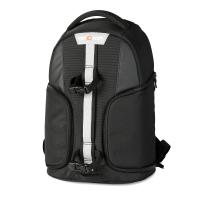
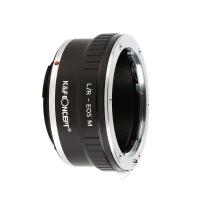
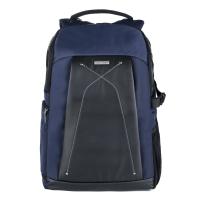

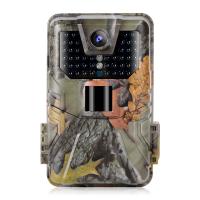
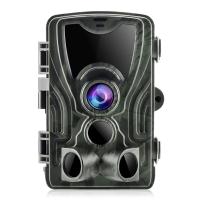

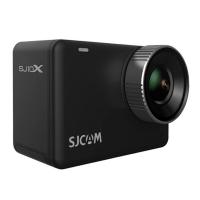
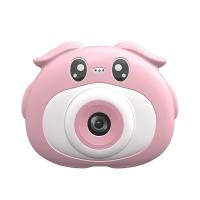
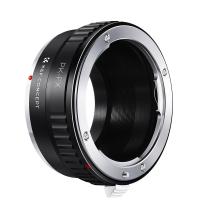

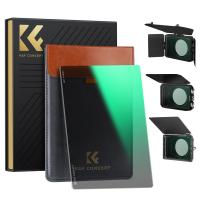


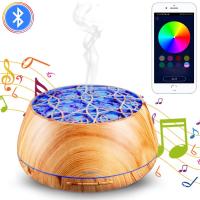
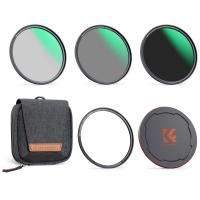
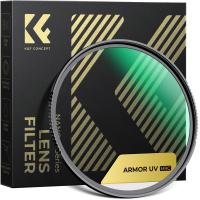
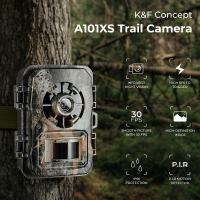
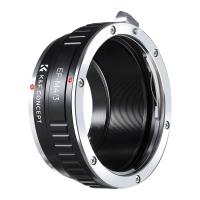
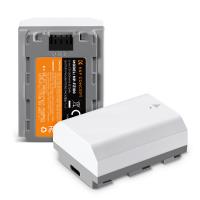


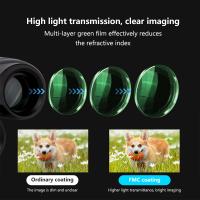







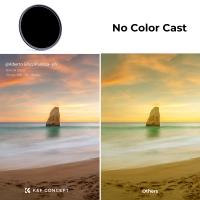
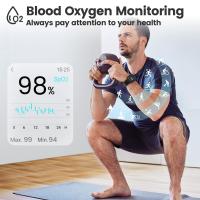

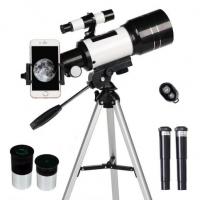




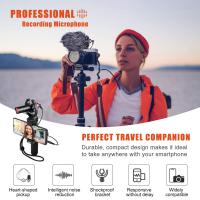
There are no comments for this blog.